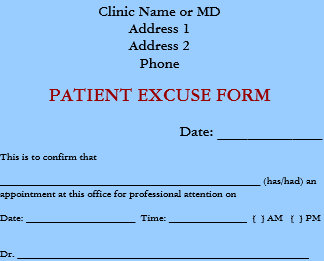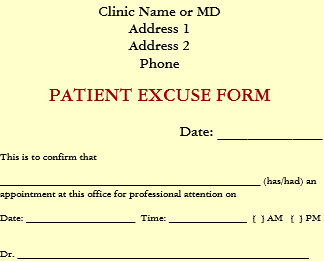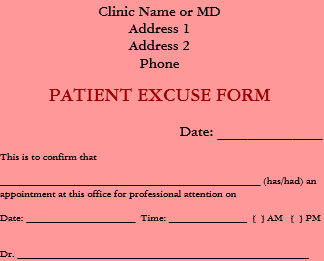For 40 years, I have studied how to get healing back into the heart of medicine, and I believe reinventing our medical practices can serve our patients more fully in the years to come. Our focus must not just be on treating illness but also integrating health promotion and prevention through self-care into the treatment of disease. We must be prepared for a value-based system that will reward us for the quality rather than the quantity of care we provide our patients.
Improved technology, expanded access, and better collaboration within healthcare teams all reinforce this change. Far more important, however, is the potential to rethink the very nature of care by aligning with the extensive evidence supporting reliable, cost-efficient forms of treatment that extend beyond pills and procedures and beyond the office walls.
Research has repeatedly shown that even with full medical access, a population’s health improves only by about 15 to 20 percent. Our overall health and wellbeing overwhelmingly comes from behavior and lifestyle, the local environment, and the social determinants of health. Thus, 80 percent of health is determined by factors outside the hospital and clinic. This is also true during pandemics where social distancing and hand washing (all done without a doctor’s help) are crucial to preventing illness and death.
More than half of the top 25 chronic conditions (hypertension, diabetes, obesity, chronic pain, anxiety, depression, etc.) can be mitigated and treated effectively with behavioral and integrative health approaches including, nutrition and movement, stress management, sleep, social support, and evidence-based complementary medicine such as therapeutic yoga, acupuncture, and massage therapy. These approaches are far less expensive than drugs and surgery if applied in time.
How can physicians align their patient visits to produce health?
I have seen positive results in my own practice by utilizing new ways of treating patients and seeking reimbursement to cover such approaches. I know from experience that we can restructure our office visits now to reframe the patient experience from one focused exclusively on diagnosing and treating disease to one that personalizes care and emphasizes prevention, health-promotion, and self-care. We can shift to integrative health. In the process, we can rediscover the satisfaction of feeling that we are not just treating illness, but helping my patients heal.
In medical school, we all were trained to employ the SOAP note (Subjective, Objective, Assessment, and Plan) and use it to chart a patient’s condition and treatment. This methodology—and the current payment system—sharply limits the ability of physicians to make healing their primary mission. So, I supplement the SOAP approach by adding what I call a HOPE note, which stands for Healing-Oriented Practices and Environments. This is a quick and straightforward way to align what is most important to the patient and address their underlying determinants of health. Understanding what motivates a patient is key to encouraging their ability to change behavior.
Fundamentally, instead of only asking my patients “What’s the matter?,” I attempt to get to the root of their health and wellbeing needs by asking, “What really matters to you?”. The HOPE note process is a tool for delivering value-based care by caring for the whole person. It has helped me learn to listen more closely to my patients, to better understand the underlying drivers of what may be making them sick, and to help them choose their best personal path to healing. Knowing what their main drivers of behavior are (what matters) helps even in epidemics as it allows you to meet them more authentically, helping them to better balance personal wants with medical needs.
How can physicians bill differently in the new payment models?
We’ve long known that lifestyle changes can help manage depression, hypertension, diabetes, and other chronic ailments. With the changes in Medicare, healthcare providers need to be thinking about ways to both promote health and capture those changes to benefit from value-based billing models. We know that a properly delivered annual wellness visit can be used to explore and personalize what a patient wants and needs.
If an office organizes its health payment coding properly, providers can get paid for team-based care that includes helping patients in behavior change and health promotion. There are an increasing number of codes for the Annual Wellness Visit, the Welcome to Medicare, and codes for weight management, hypertension, diabetes prevention, mental health conditions and chronic pain that can be used to cover discussions aligned with and following a HOPE visit.
It is good to remember that many outpatient evaluation and management visits can be billed as counseling and coordination of care. Group visits (and increasingly virtual ones) can be particularly rewarding to lead—and they benefit the practice—by allowing us to briefly see each patient and document the visit in the chart. CMS is rapidly loosening restrictions for billing by telehealth because of COVID-19 so enhancing your billing practices for virtual visits can help pay for your time.
In value-based payment models, health-and-well-being service lines earn essential
points Patient-Centered Medical Home designation by the National Committee on Quality Assurance (NCQA) and provide a new angle to improve outcomes in pay-for-performance systems such as MIPS (Medicare’s Merit-Based Incentive Payment System).
However, demonstrating these outcomes requires more than just coding. Designing a practice that tracks improvements in health for patients is essential. Physicians can enhance their billing code process and gather data on patient needs that aligns to a value-based, patient-centered model.
Finally, how to bill and get reimbursed for the underlying social determinants of health has always been a challenge in primary care. While today’s reality looks different than it did a few months ago, we must still embrace the value-based model and take advantage of the billing change that’s coming. Indeed, the growing number of people losing their jobs and health coverage with the national shutdown is only increasing the numbers who need support for their social and economic determinants of health. More effectively and efficiently dealing with the personal determinants of health will ultimately enable us to listen to our patients and address their issues holistically. Now more than ever, we need to care for patients in body, mind and spirit.
15% Off Medical Practice Supplies
VIEW ALL



No comments:
Post a Comment